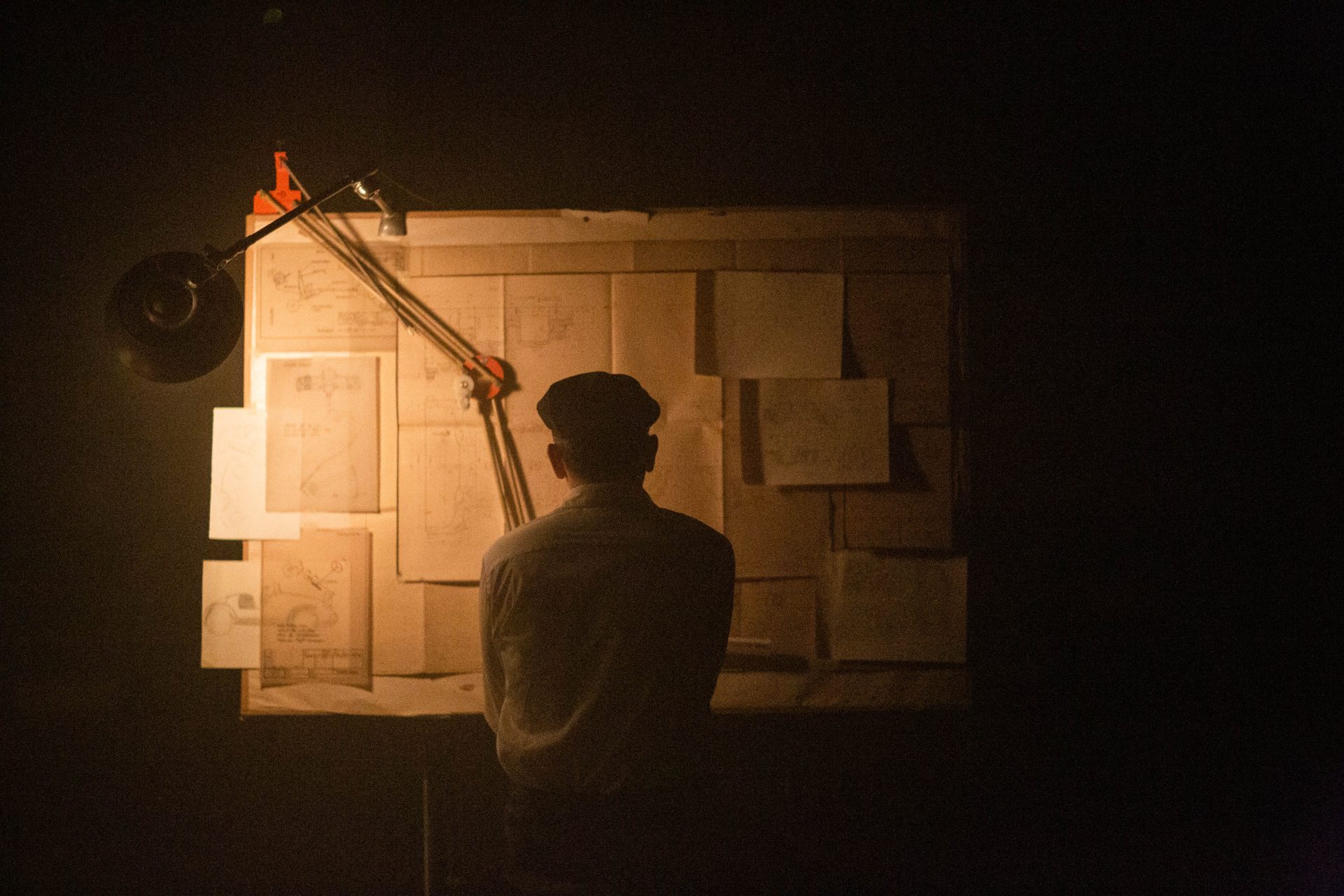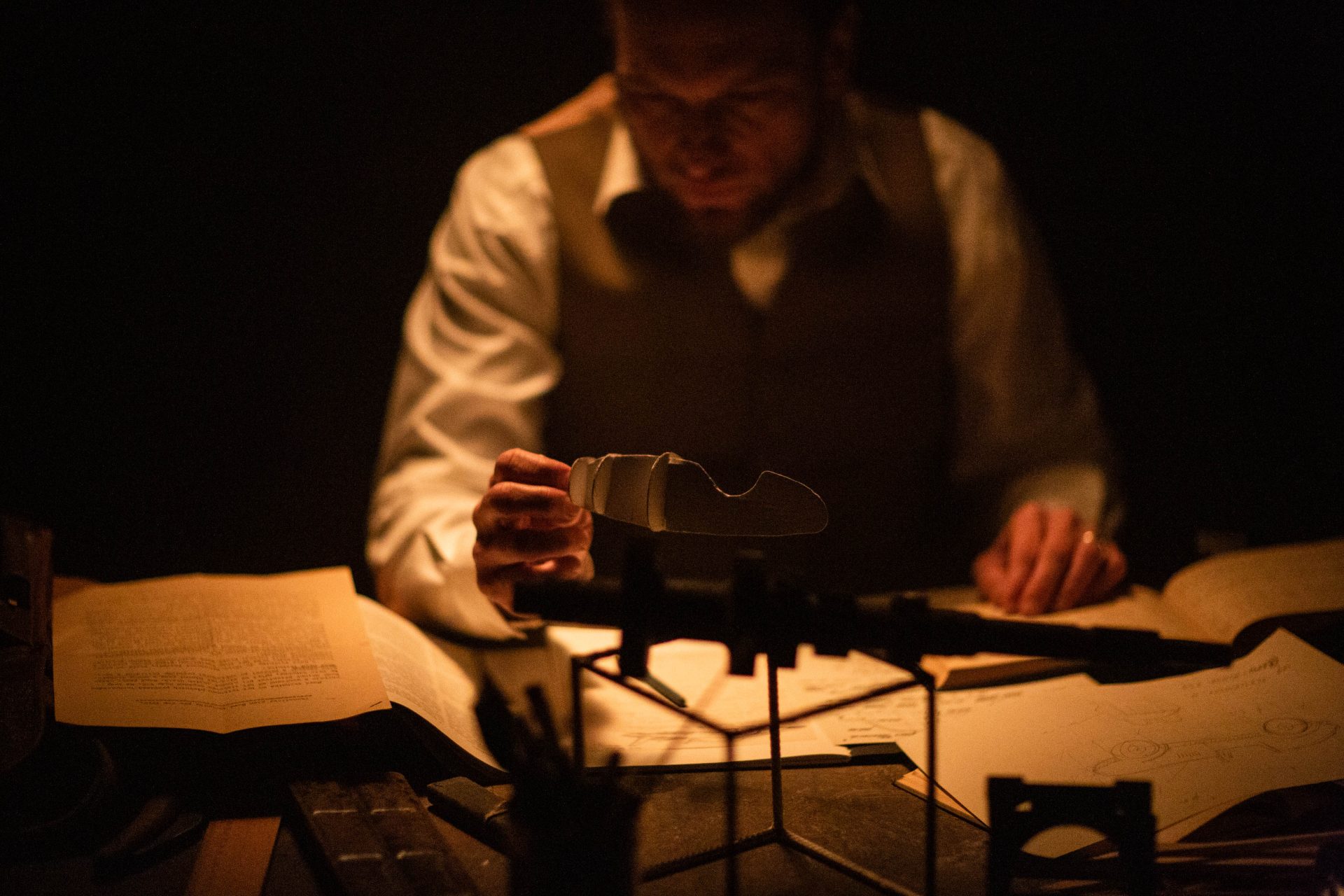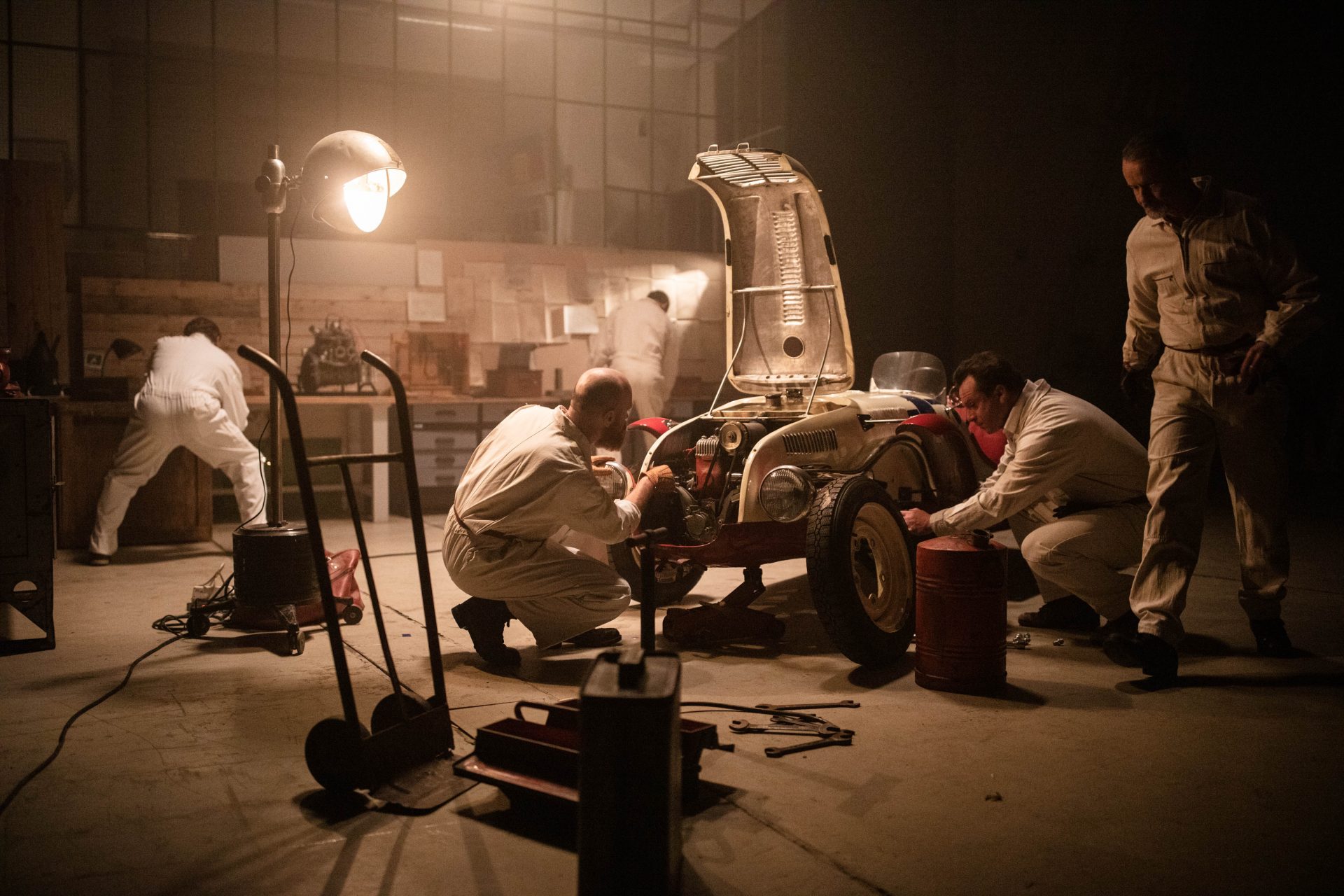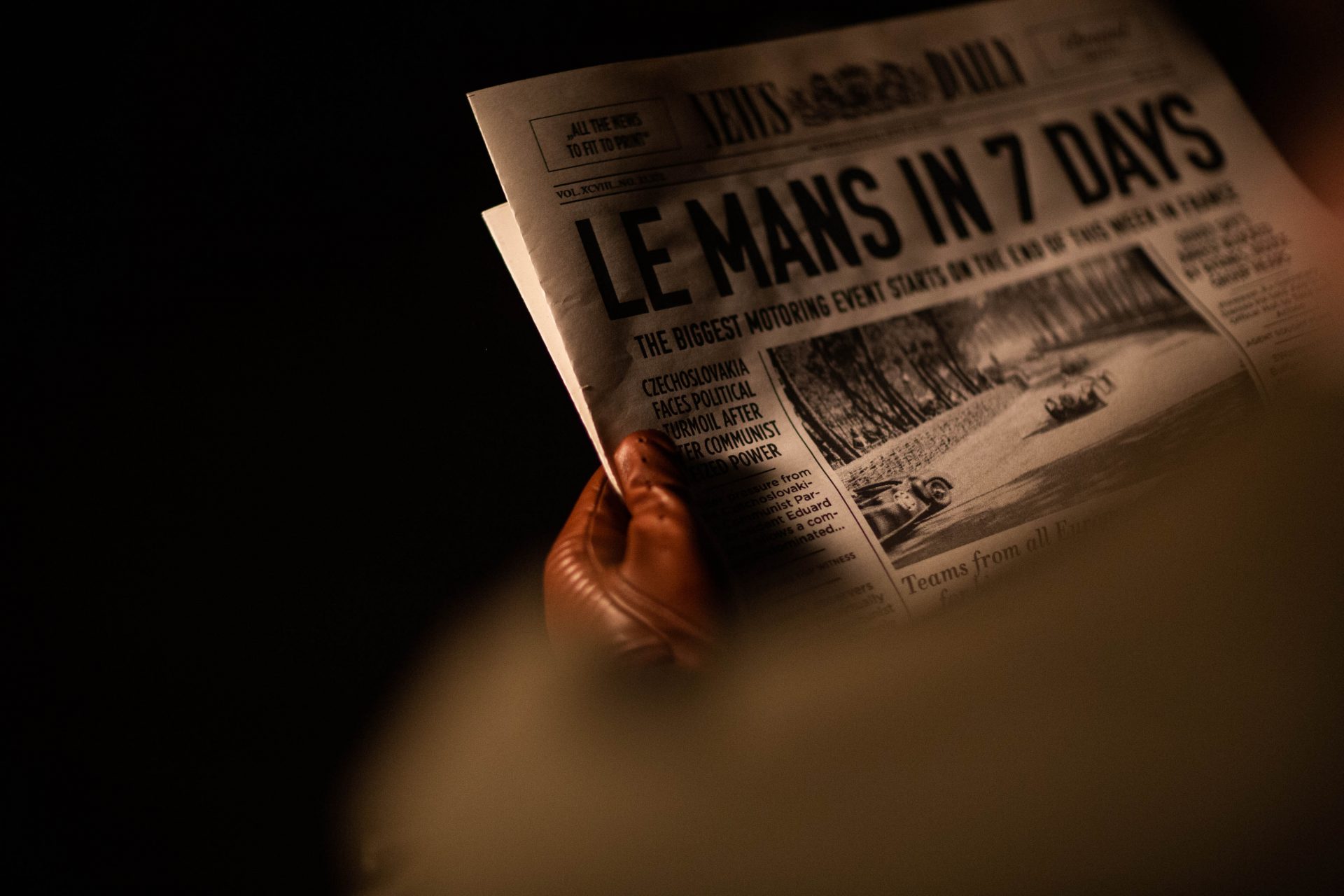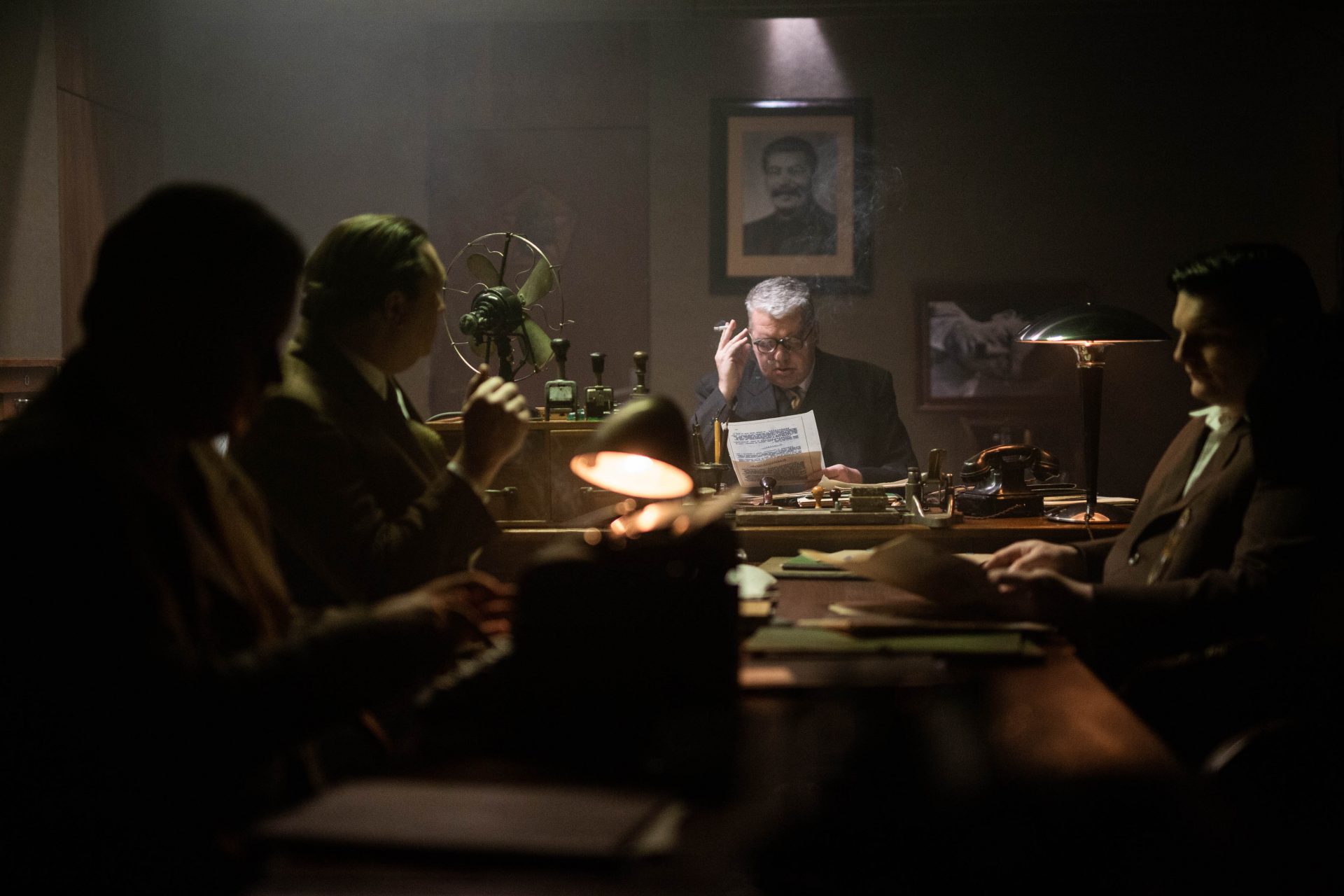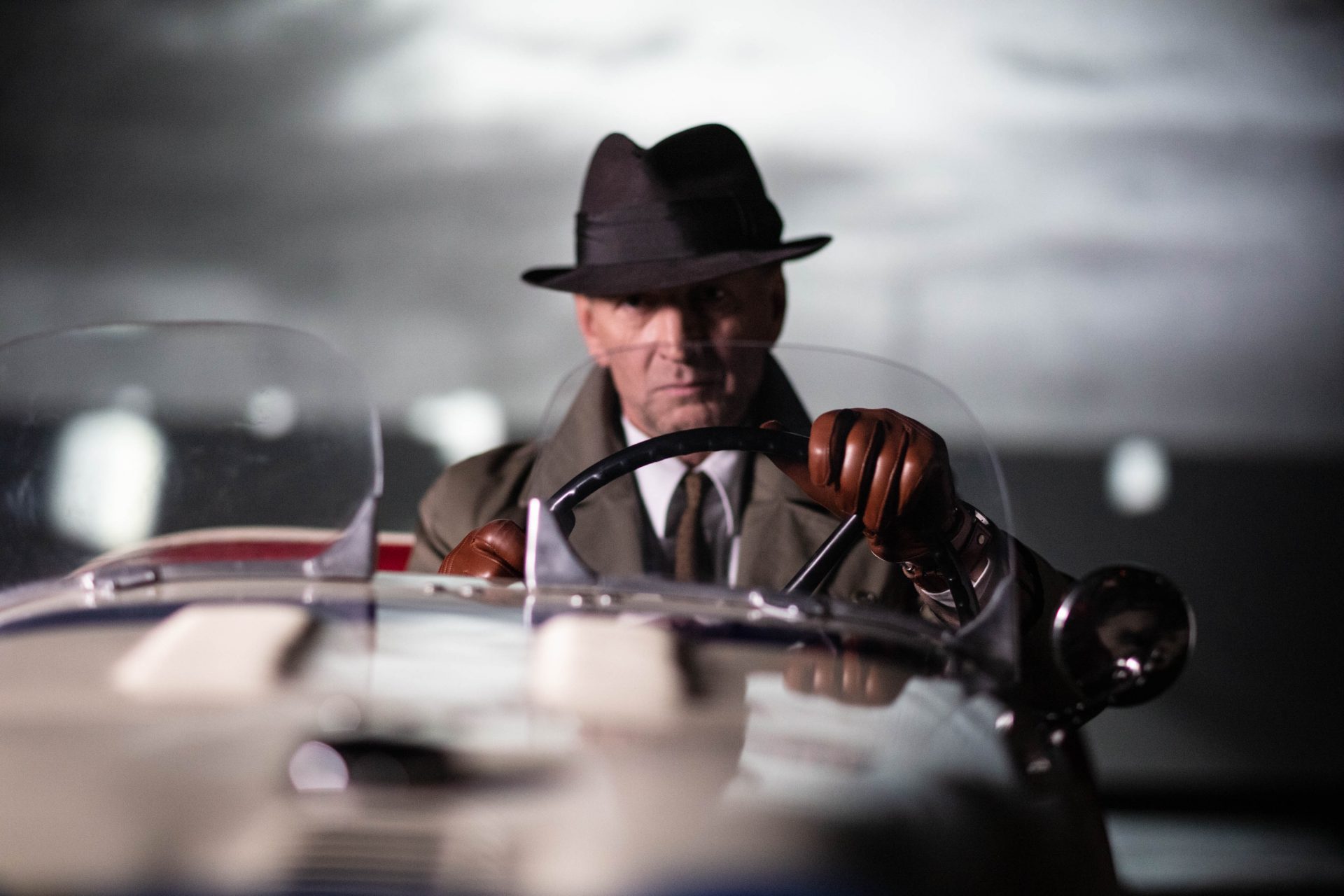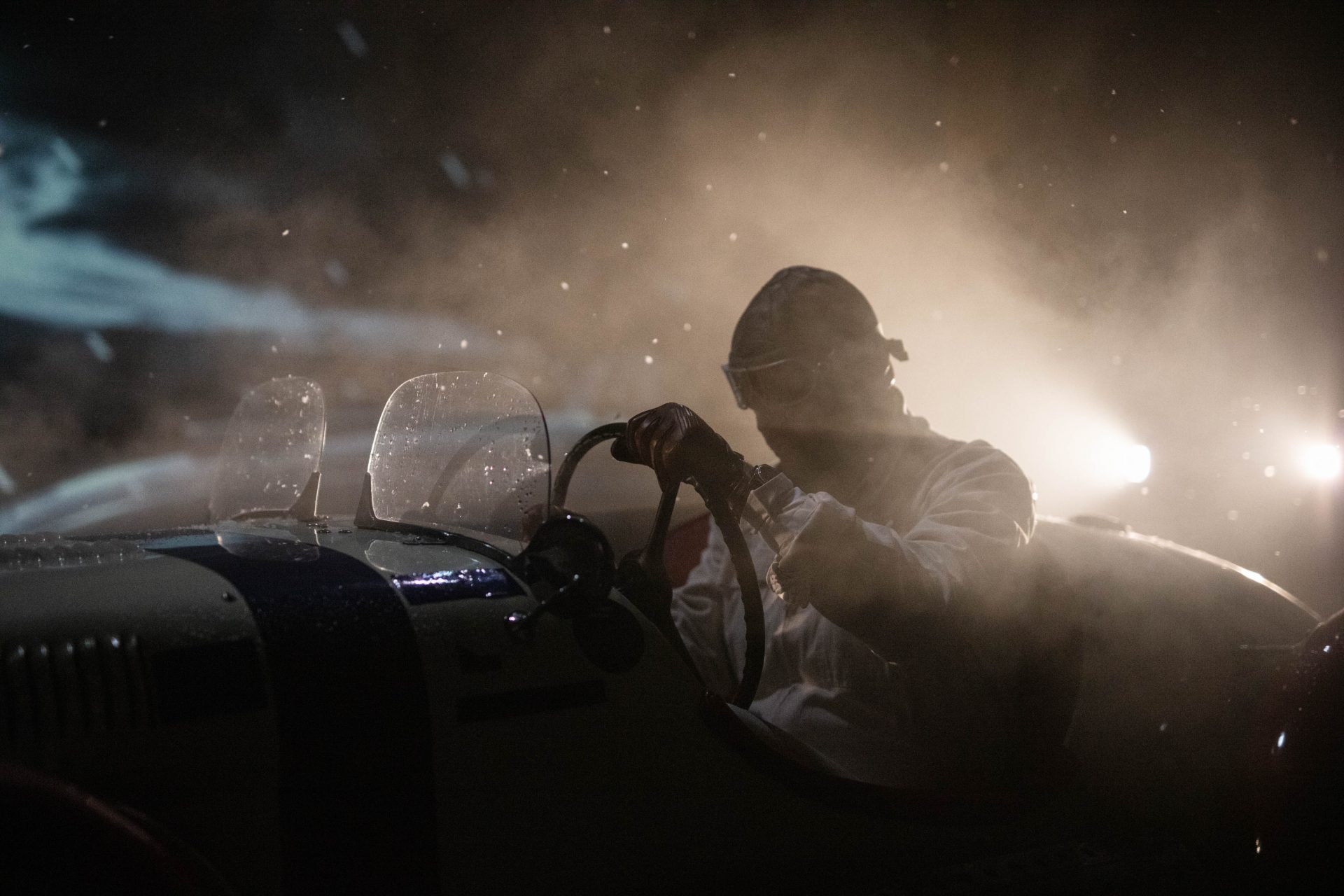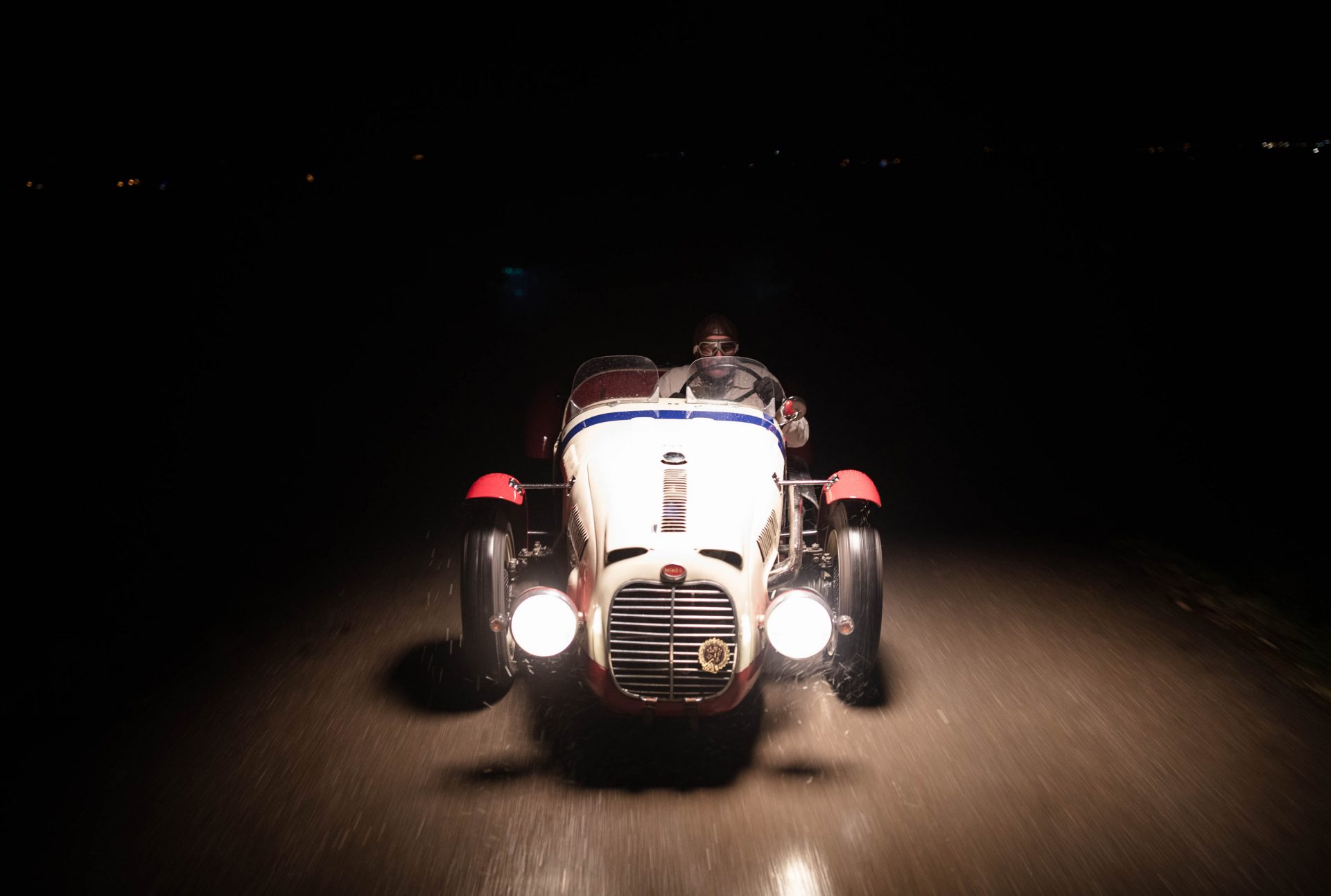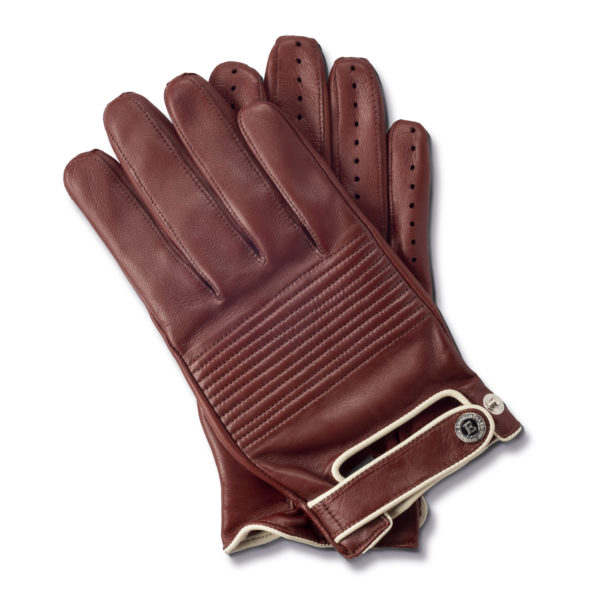Born in secret
THE YEAR IS 1940. The Nazi occupation of Czechoslovakia is in full flow. At this time, the first outline of a new prototype of a front-wheel-drive Minor car is taking shape on a draughtsman’s board at the Jawa factory. Despite the risk of betrayal and execution. The secret development of the project takes place under the leadership of constructor Rudolf Vykoukal. It’s codename is BWM (Böhmische Werk Minor, or Bohemian Work Minor). Consequently, the Nazis have no suspicions, because it is standard for German cars to be repaired in the Jawa workshops.
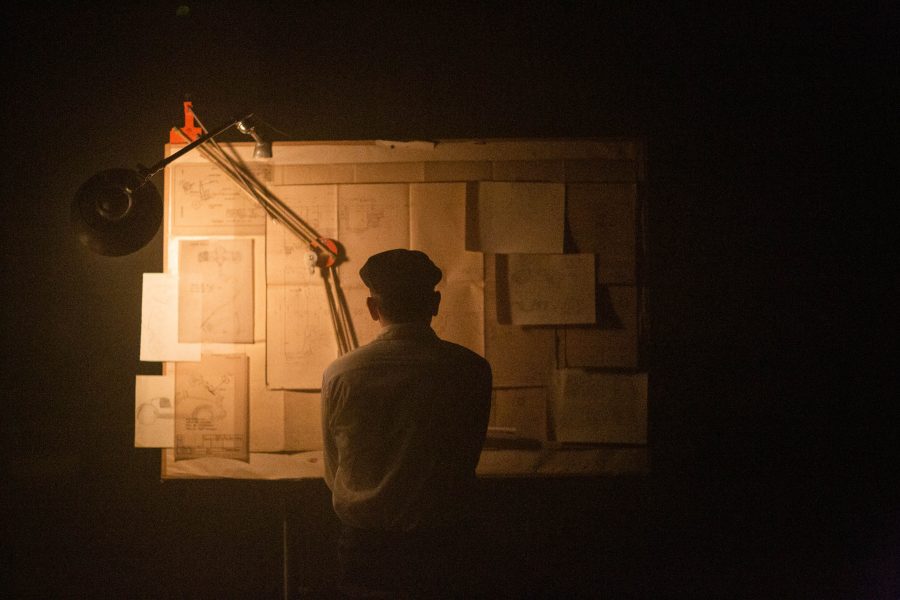
Start of the legend
THE END OF THE WAR is approaching, and the final modifications of the Minor prototype are near completion. A total of nine were made under the BWM codename during the war. The Ministry of Industry decides to move production from Jawa to the Aero aircraft manufacturing plants, where the creation of sports versions called Minor Sport, with a cigar-shaped body, is approved in 1948. A future legend is set to take to the stage.
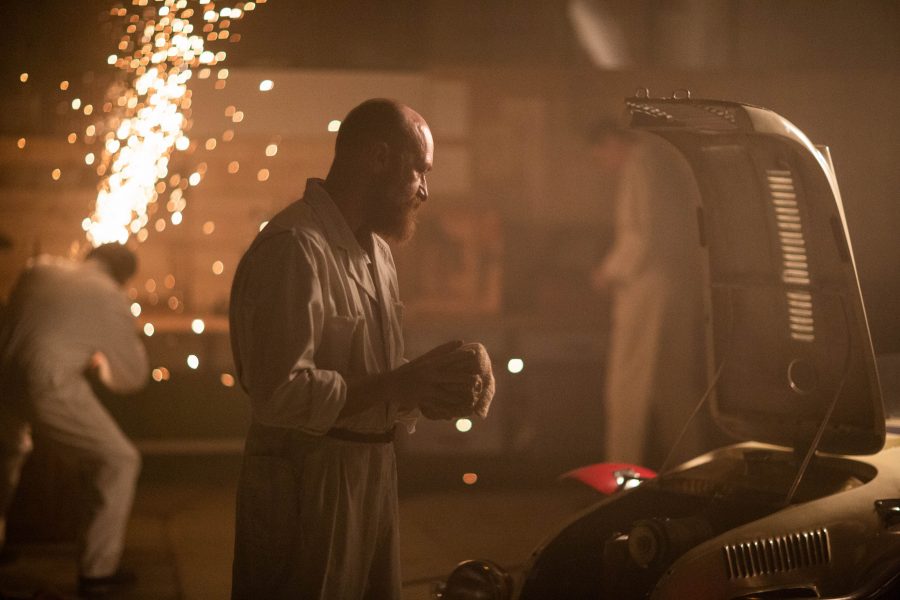
“At the starter’s signal, they all rush to their cars and a hard fight begins for every second, metre, kilometre and lap, a fight in Europe’s biggest race.”
WORLD OF MOTORS MAGAZINE, 1949
In spite of the regime
1949 BRINGS THE FIRST of the famous Le Mans races, the most prestigious event in international motor sport. And Czechoslovaks play their part, with two Minor Sport cars. Despite the communists’ reluctance, the French representative of the Aero brand, Jacques Poch, helped seal their participation, enlisting the best Czechoslovak racing drivers Ivan Hodáč, Otto Krattner and František Sutnar.
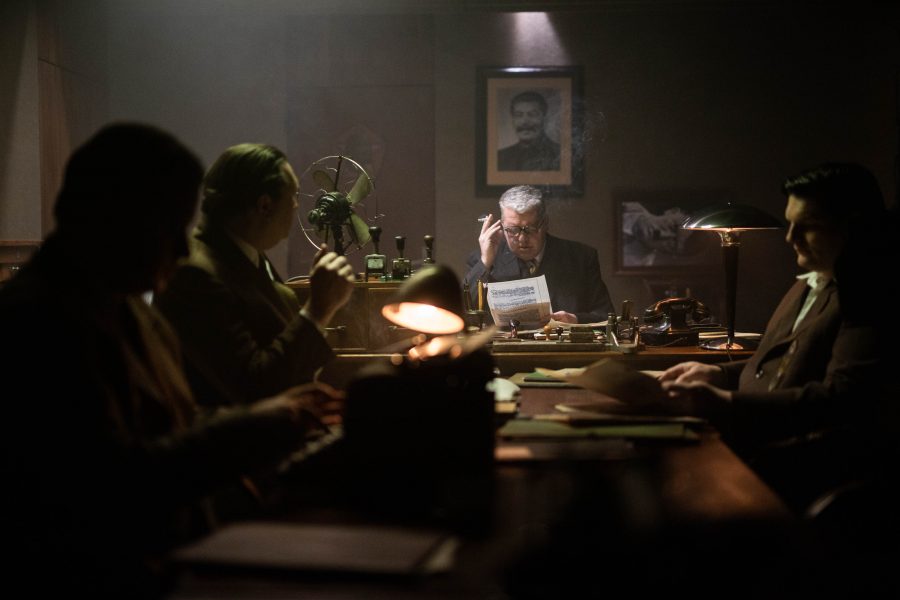
Drama to the very end
THE JOURNEY TO THE RACE faced its difficulties at the German border. The Americans refused entry to the lorry carrying the Minors, so the crew had to go via Vienna and the Tyrolean Alps all the way to Switzerland, where they arrived on Sunday, when lorries were banned from the roads. The delay increased. They arrived in Paris after a journey of 1,900 kilometres instead of 1,100, reaching the registration centre five minutes after it closed – it was not until the next day that the Le Mans organisers gave their permission for the team to take part in the race.
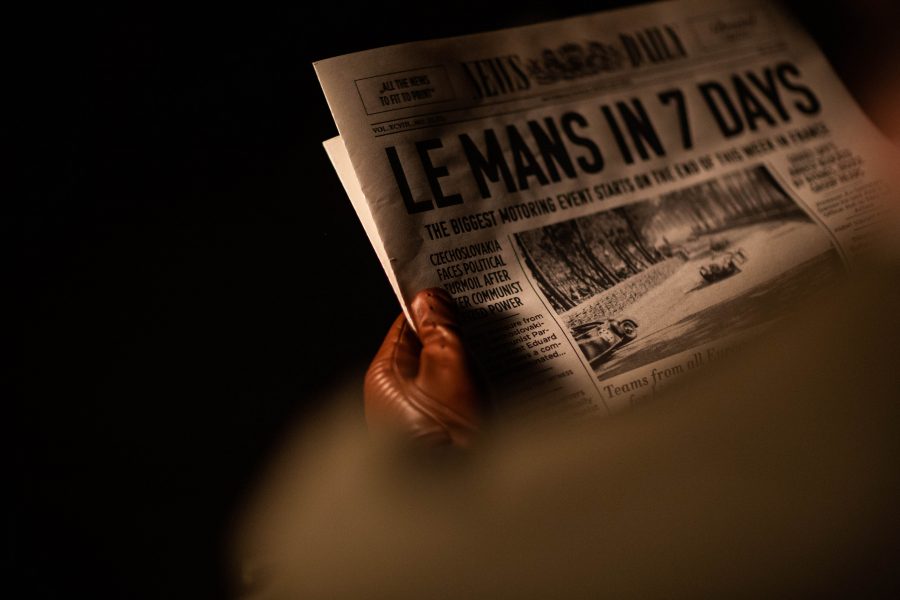
A glorious homecoming
THE SUCCESSFUL TEAM RETURNED HOME to a rapturous welcome. The victorious cars were put on display in Wenceslas Square in Prague and Aero’s Letňany factory registered a glut of orders for small racing cars from all over the world. Despite interest in the West and the success at Le Mans, the production of Aero Minor cars was stopped for political reasons and the brand slowly faded into obscurity.
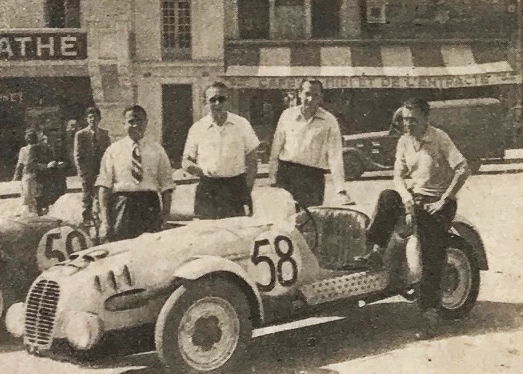
“In the 23rd hour of the race the announcer shined the spotlight on us, telling the spectators that we would be a big surprise if we could keep up our pace. And that’s just what we did.”
WORLD OF MOTORS MAGAZINE, 1949
Resurrection
THE AERO MINOR WAITED OVER 70 YEARS to be rediscovered. In 2015, an automobile enthusiasts club called Le Mans Redux bought the only surviving model of the Minor Sport, with the original engine and gearbox, in the Czech Republic. In 2021 they plan to take part in the prestigious race again. Will history repeat itself?
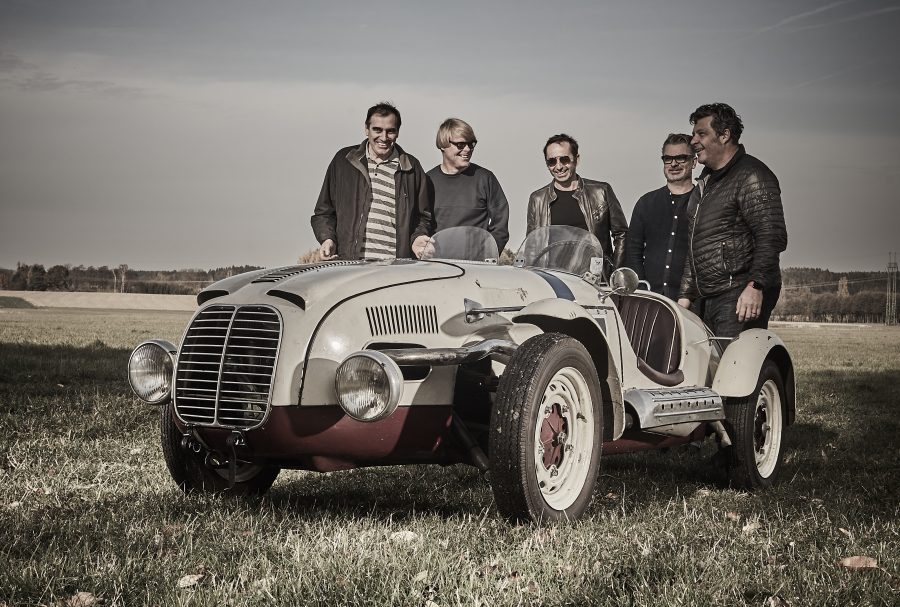
Become part of the legend
To mark the occasion of the Czech return to Le Mans 2021, we are releasing a limited edition of hand-stitched Engelmüller driving gloves inspired by this legendary car. Part of the proceeds from every pair sold goes to Le Mans Redux, which wants to try to repeat this car’s historic success in 2021. Become part of the legend with us.
